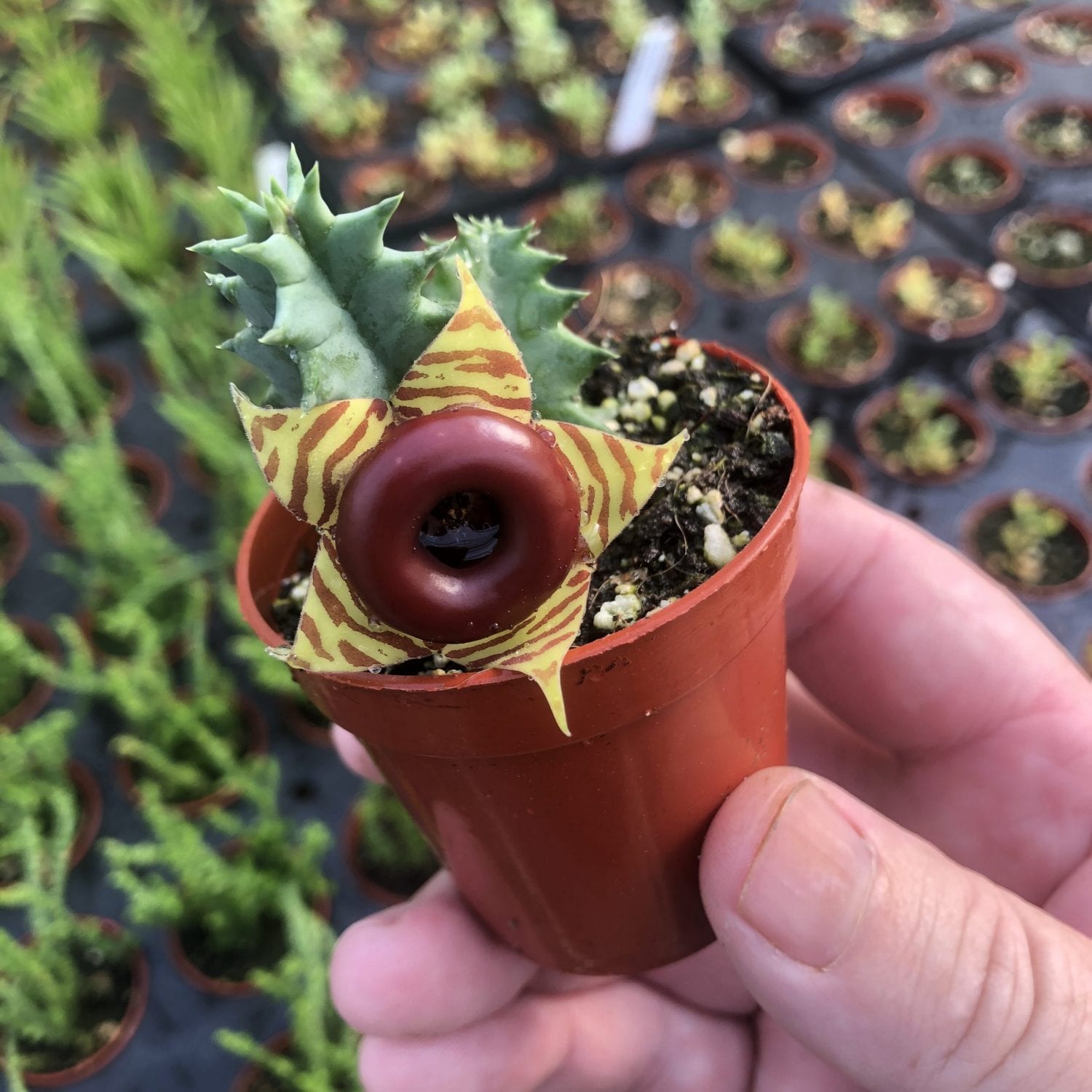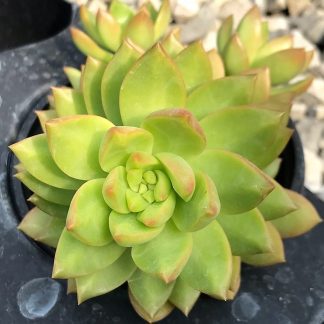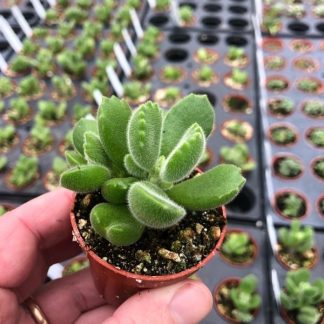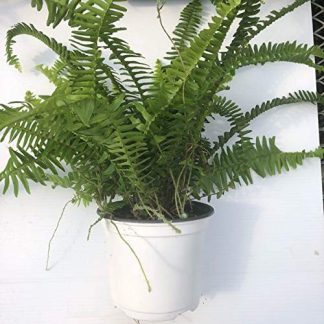Description
🌵 Lifesaver Cactus (Huernia zebrina) Ultimate Care Guide
The succulent that looks like candy and grows like a dream.
If you’ve ever seen a flower that made you stop and say, “Wait—is that real?”—chances are, you were looking at Huernia zebrina, better known as the Lifesaver Cactus. Despite its name, this stunning plant isn’t a true cactus. It’s a succulent from the milkweed family. And it brings a bold personality to any plant collection with candy-colored blooms and an easy-care lifestyle.
Whether you’re a curious beginner or a seasoned collector, this guide will show you exactly how to help your Lifesaver Cactus thrive.
Meet the Lifesaver Cactus
The Lifesaver Cactus comes from southern Africa. In the wild, it grows in rocky, dry spots with very little water. It has thick, fleshy stems that branch out close to the ground, forming clusters. But the real showstopper is the flower. Each bloom looks just like a bright red-and-yellow striped lifesaver candy, complete with a shiny, raised ring in the center.
Not only does this plant look amazing, but it’s also very forgiving if you forget to water. That makes it a perfect choice for anyone looking for an easy-going plant companion.
Where to Grow Your Lifesaver Cactus
Finding the Perfect Spot
Lifesaver Cactus loves bright, indirect sunlight. A windowsill facing east or west is ideal. Too much direct sun can burn its leaves, turning them brown or causing spots. If you’re growing yours indoors, try placing it a few feet from a sunny window. Outdoors, it does best in partial shade, especially in hot climates.
Temperature Preferences
This plant is happiest between 60°F to 80°F (16°C to 27°C). It can handle short periods of cooler temperatures, but make sure it never dips below 50°F (10°C). If you’re keeping your Lifesaver Cactus outdoors, bring it inside before winter hits.
Watering Like a Pro
One of the best things about the Lifesaver Cactus is how easy it is to water. Less is more. Water only when the top 1-2 inches of soil are completely dry. During summer, this usually means once every week or two. In winter, cut back watering to just once a month. Overwatering is the quickest way to harm your plant, leading to rot.
Choosing the Right Water
Your Lifesaver Cactus prefers room-temperature water. Cold water can shock the plant, while water that’s too warm might encourage fungal diseases. Let tap water sit for a day before using it to water, allowing chlorine to evaporate.
Soil and Potting
Picking the Best Soil
Your plant needs well-draining soil. Look for a succulent or cactus mix at your local garden store. If you want to make your own, combine equal parts regular potting soil, sand, and perlite. This helps water drain quickly, keeping roots healthy.
Selecting the Perfect Pot
Choose a pot with good drainage holes. Clay or terracotta pots work great because they help wick moisture away from the roots. Lifesaver Cactus doesn’t need a deep pot. A shallow, wide pot allows it to spread naturally.
Feeding Your Lifesaver Cactus
During the growing season, from spring to summer, feed your plant every 4-6 weeks. Use a diluted, balanced succulent or cactus fertilizer. Always follow the instructions carefully. Too much fertilizer can burn the roots.
Propagating Your Lifesaver Cactus
Want more Lifesaver Cactus plants? Luckily, propagating is easy. Here’s how:
- Cut a healthy stem with a sharp, clean knife.
- Let the cut end dry out and form a callous for a few days.
- Place the stem in a pot with moist, well-draining soil.
- Wait a couple of weeks for roots to form.
Before long, you’ll have new, thriving plants to share or keep for yourself!
Common Issues (and How to Fix Them)
Even easy-going plants like the Lifesaver Cactus can have problems. But don’t worry—these fixes are simple:
- Shriveling stems: Usually caused by underwatering. Give it a good soak, and the stems should plump up again.
- Brown, mushy stems: A sign of overwatering. Cut back on water immediately. If severe, remove affected areas.
- White fuzz (mealybugs): Dab with a cotton swab soaked in rubbing alcohol.
With a watchful eye, your Lifesaver Cactus will quickly bounce back.
Enjoying Your Succulent Journey
Growing Huernia zebrina isn’t just easy—it’s fun! Its unique flowers catch the eye, while its care routine is gentle on your schedule. In other words, it’s the ideal plant for anyone wanting something extraordinary without the stress.
Whether it’s the striking blooms or the simplicity of its care, Lifesaver Cactus is sure to become one of your favorites. Add this candy-like succulent to your collection, and enjoy the bright, cheerful personality it brings to your home.




